
Piping specification: -01, -N01 After hand tightening, hold the hexagonal spanner flats of the pressure port with a spanner, and tighten with 2 to 3 rotations. As a reference, the tightening torque is 3 to 5 Nm. When tightening, do not hold the pressure switch body with a spanner. or longer simultaneously.
1.41.6Nm 8 2 VR2110 3 01.0MPa 0.250.8MPa 0.560s (*) 10 (%) F.S. oC( -560 3/ (s C (dm 0.6 [1 (P) 2 (A) ] 0.5 [2 (A) 3 (R) ] bar) ) b 0.2 [1 (P) 2 (A) ] 0.15 [2 (A) 3 (R) ] Rc, NPT, G1/8 ON Delay 480g (*) 4 4 V R 2 1 1 0 01 01 Rc 1/8 N01 NPT 1/8 F01 F01 2 G 1/8 9 5 VR 1 ON Delay 0.560 () () 1 ON OFF 6 (1) 2 0.5MPa 2 10 (2) VR2110 3 )0.25MPa A 60sec (), (S) 0.8MPa 40sec
Specification NOTE The direct current power supply to be used should be UL approved as follows : Circuit (of class 2) which is of maximum 30Vrms (42.4V peak) or less, with UL 1310 class 2 power supply unit or UL 1585 class 2 transformer. The Pressure switch is a approved product only if it has a mark on the body.
Piping specification: -01, -N01 After hand tightening, hold the hexagonal spanner flats of the pressure port with a spanner, and tighten with 2 to 3 rotations. As a reference, the tightening torque is 3 to 5 Nm. When tightening, do not hold the pressure switch body with a spanner. longer simultaneously, the main display shows [-], and the reset to zero.
Piping specification: -01, -N01 After hand tightening, hold the hexagonal spanner flats of the pressure port with a spanner, and tighten with 2 to 3 rotations. As a reference, the tightening torque is 3 to 5 Nm. When tightening, do not hold the Z/ISE20 body with a spanner. Pressure second or longer simultaneously.
It may cause a malfunction or damage. 2. Do not drop nor apply excessive force. It may cause a malfunction or damage. 3. Tighten IS1000-01 applying the spanner on the PT fitting part. CD-P11 Brown Choke coil Surge absorber Blue Warning Operating Environment CD-P12 (+) Brown 1. Avoid using a switch in a magnetic environment. It may cause a malfunction. 2.
Hysteresis free adjustments are made through a non-rising stem. Units may be base mounted, or panel mounted.
Hysteresis free adjustments are made through a non-rising stem. Units may be base mounted, or panel mounted.
Hysteresis free adjustments are made through a non-rising stem. Units may be base mounted, or panel mounted.
Hysteresis free adjustments are made through a non-rising stem. Units may be base mounted, or panel mounted.
Hysteresis free adjustments are made through a non-rising stem. Units may be base mounted, or panel mounted.
Hysteresis free adjustments are made through a non-rising stem. Units may be base mounted, or panel mounted.
Hysteresis free adjustments are made through a non-rising stem. Units may be base mounted, or panel mounted.
Hysteresis free adjustments are made through a non-rising stem. Units may be base mounted, or panel mounted.
Hysteresis free adjustments are made through a non-rising stem. Units may be base mounted, or panel mounted.
Hysteresis free adjustments are made through a non-rising stem. Units may be base mounted, or panel mounted.
Hysteresis free adjustments are made through a non-rising stem. Units may be base mounted, or panel mounted.
Hysteresis free adjustments are made through a non-rising stem. Units may be base mounted, or panel mounted.
Hysteresis free adjustments are made through a non-rising stem. Units may be base mounted, or panel mounted.
Hysteresis free adjustments are made through a non-rising stem. Units may be base mounted, or panel mounted.
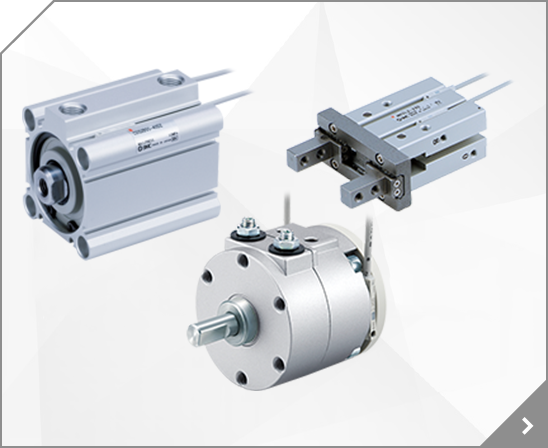
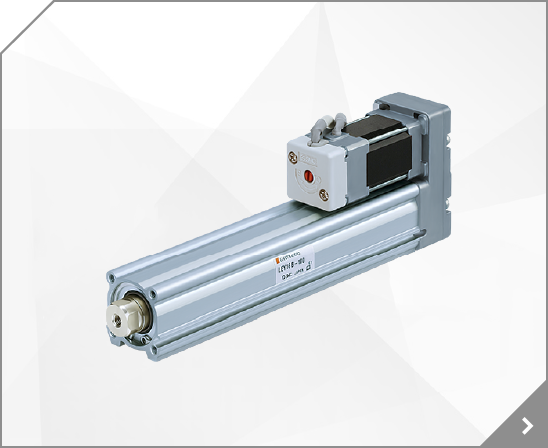
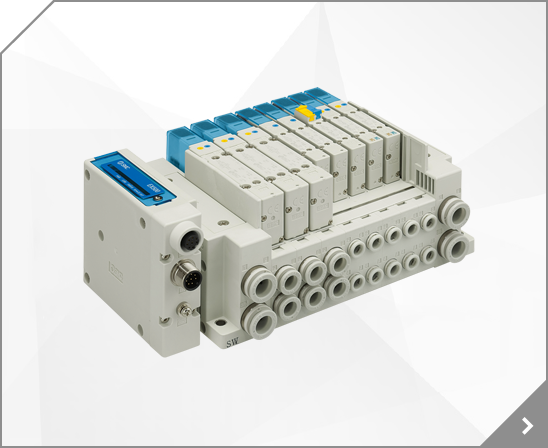
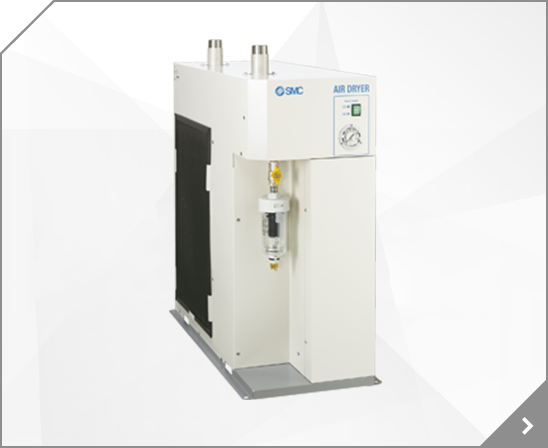
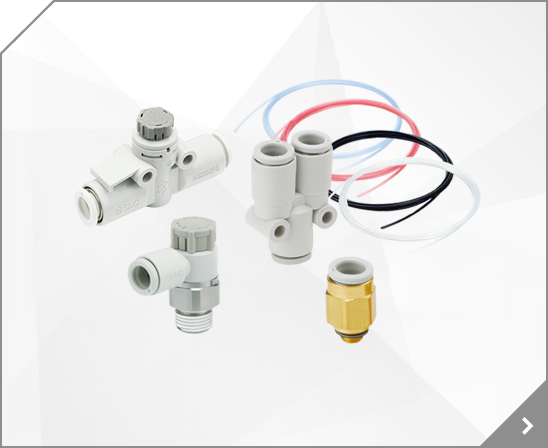
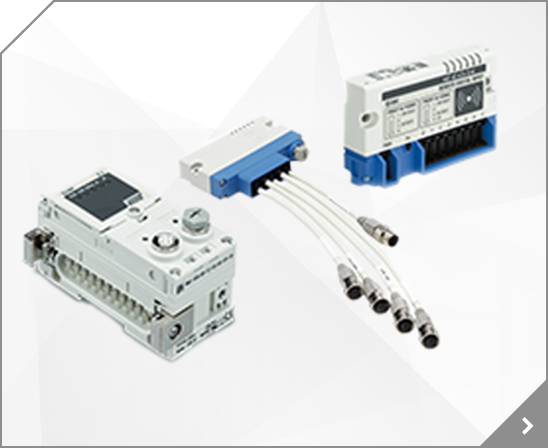
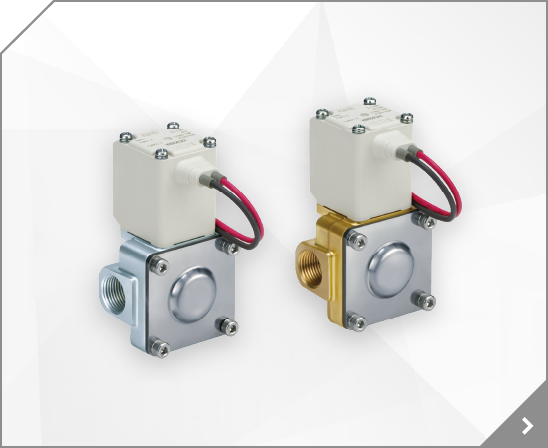
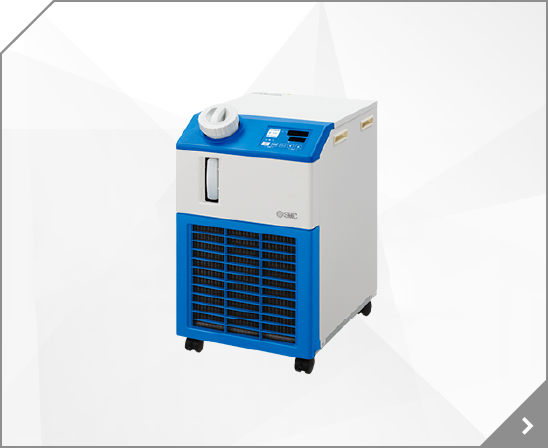
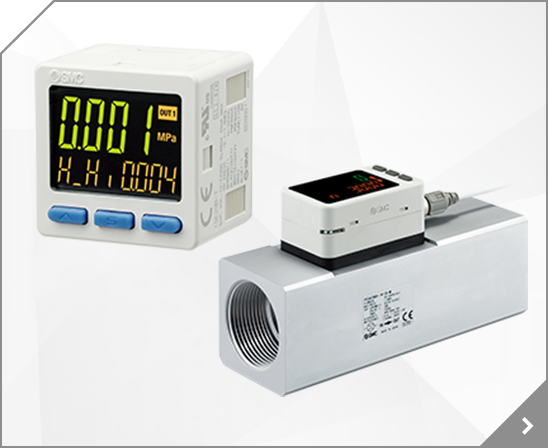
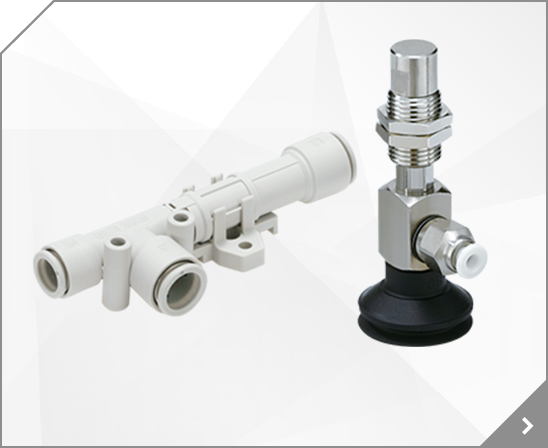

 ZISE20A.eng
ZISE20A.eng